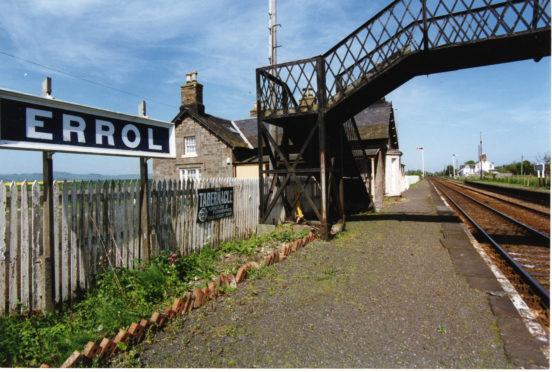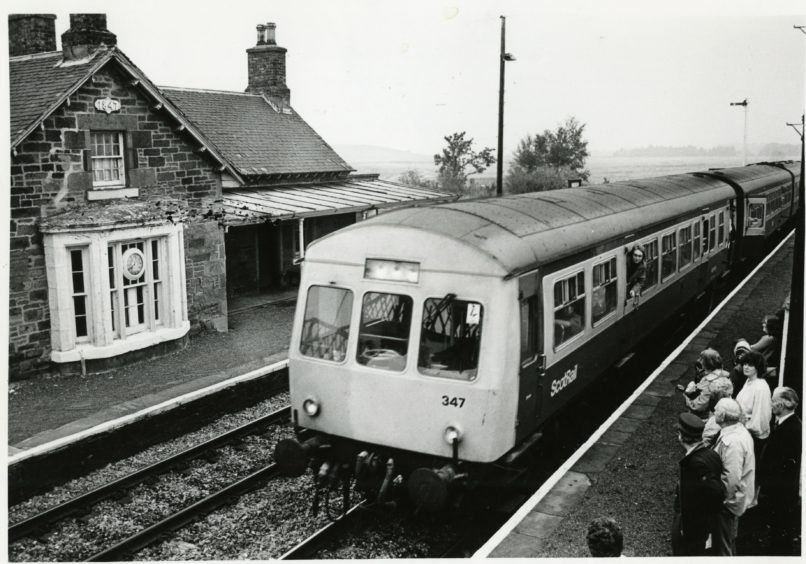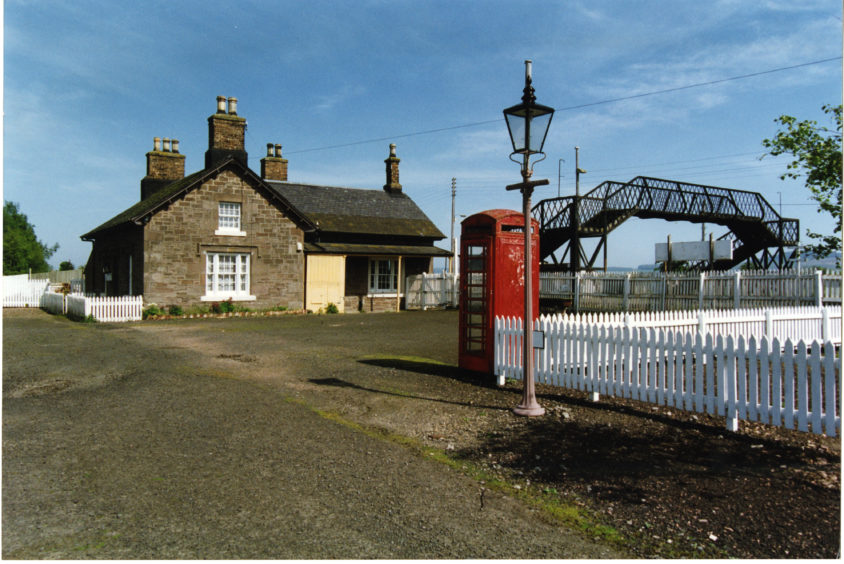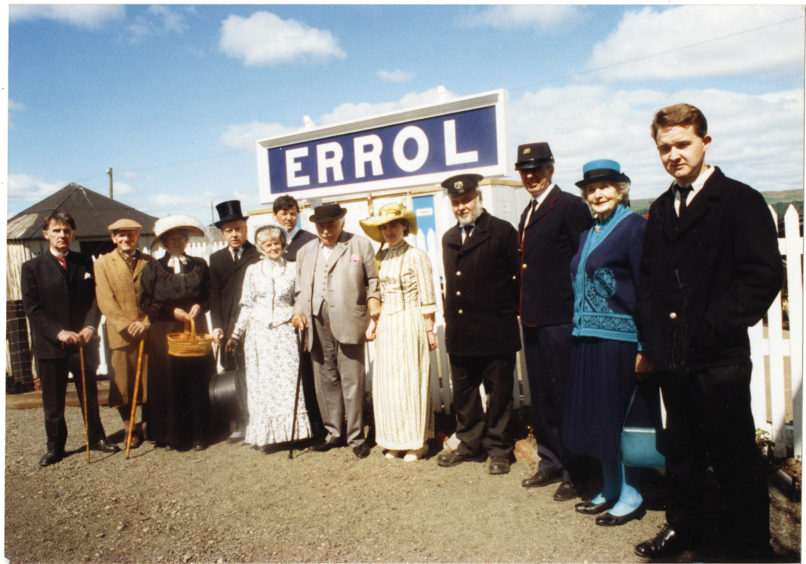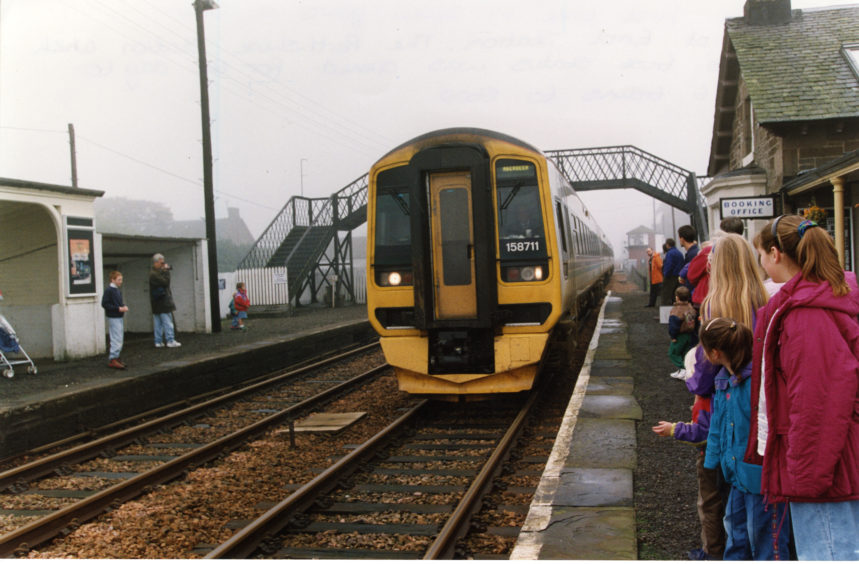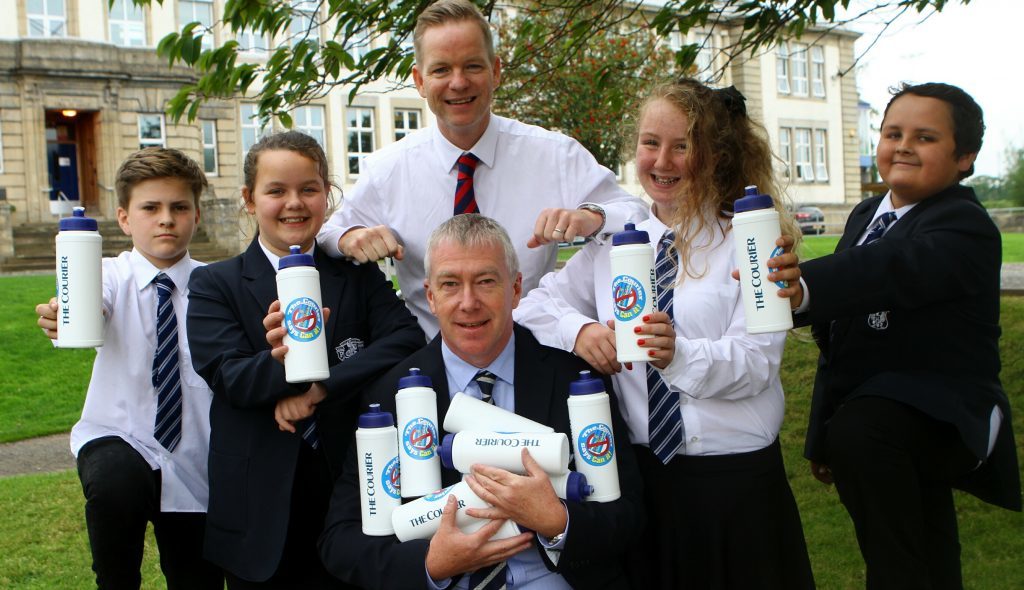A funeral procession marked the melancholy journey of the last train to leave Errol in September 1985.
Rumour has it that the only reason Errol stayed open for so long was the only passenger was actually employed by British Rail.
Edwardian era
The first plans to connect Dundee and Perth by rail were drawn up in the 1830s.
The plans which included the bridging of the Tay at Mugdrum Island came to nothing before a second plan came to fruition in the 1840s.
Errol Station was originally opened in 1847 on the main line from Perth to Dundee and more than 20 trains a day departed in each direction during the Edwardian era.
Most were Dundee-Perth local trains although special services were put on for events such as Errol Highland Games and Errol Whippet Races.
The railway faced no competition from a decent road system until the 1920s when there was competition from buses and lorries.
During the 1950s and 1960s the intermediate stations between Dundee and Perth were closed with the exception of Errol and Invergowrie, which was still surviving as an unstaffed station.
By 1985 the service had been reduced to just three trains a day.
Members of the Angus Railway Group carried a wreath to mark the closure before a barrage of detonators echoed around the village as the train left the platform.
Nobody else seemed to care.
British Rail’s plan to run a special train to mark the closure had to be scrapped due to a lack of public interest.
The station was closed and most people who were present that day expected it to be the end.
Driving force
But four members of the Angus Railway Group were determined to preserve the station.
Lindsay Horne was the driving force behind the group whose first meeting took place at his Dundee home in 1972.
He became an active secretary, cajoling fellow railway enthusiasts to join the group.
Under his guidance and enthusiasm the group organised a number of rail tours in the area in the 1970s and early 1980s at a time when British Rail were closing several lines and stations.
The Errol Station Trust was set up to purchase the site but there was a proposal from British Rail to demolish the station platforms and the footbridge in 1989.
Baroness Strange raised the matter in the House of Lords.
She said demolishing the platforms and footbridge would “destroy the whole charming character of Errol station” and “leave it looking like a stranded dolphin on a tip”.
The Errol Station Trust worked hard to restore the buildings internally to the 1920s style, creating a heritage centre with railway memorabilia, company documents and old photographs.
Exactly 143 years to the day that it was opened, Errol Station made history when the newly-restored complex was unveiled to the public 30 years ago this week in May 1990.
Adding to the atmosphere and feeling of stepping back in time, the volunteers who carried out the work were dressed in Victorian period costume.
Charles Lang, a businessman and former chairman of Perth Theatre, unveiled a plaque marking the event and four seats dedicated to people associated with the railway and members of the trust.
One was in memory of the late Harry Henderson, the last stationmaster at Errol who served for 38 years; one was dedicated to David Fyall, who worked in Errol’s signal box for 41 years; another to Mr Tough, a conductor on the Dundee trams; and a fourth to Mr Horne’s father Peter who was a former train driver at Perth South.
Gala day
A special commemorative postal cover was also produced to mark the second opening and the 143rd anniversary of the station.
A special gala day was also held featuring a 14-seater horse bus from the Heavy Horse Centre and vintage cars from the Strathmore club in Forfar.
The standard of work carried out by the Errol Station Trust also earned the station the British Rail Premier Award in the Ian Allan Railway Heritage Awards.
After its restoration, the station was open during the summer and proved popular with rail enthusiasts and tourists alike.
In 1992 for the first time in seven years a train stopped at Errol Station to mark the 145th anniversary.
The Perthshire station was opened for the day to allow six trains to stop.
But a mountain of overheads and a lack of staff saw the building put up for sale in 1999.
Former Courier chief reporter Richard Burdge said the reopening of Errol station 30 years ago was a triumph for the small band of enthusiasts behind the venture.
He said: “Their dedication and perseverance created a popular attraction for the village, celebrating an important piece of local history.
“Sadly, despite their efforts it proved impossible to keep going and it was a sad loss to the community when it closed its doors to the public.”
The station platforms, footbridge, signal box remain, five-roomed station masters house, two-roomed signalmans house, booking office, waiting room and toilets were included in the sale.
It is now a private house.
Rise from the ashes
Tayside rail enthusiast John Ruddy said: “Errol station was the last closure in Tayside 35 years ago, but a few volunteers didn’t want it to end there, and their hard work to restore it to its former glory was rightly recognised with a national award.
“It’s such a shame that it could not last into the 21st century.
“However, the long mooted plans for a housing development at Errol could mean that the station will rise from the ashes a second time.
“Who knows?”
